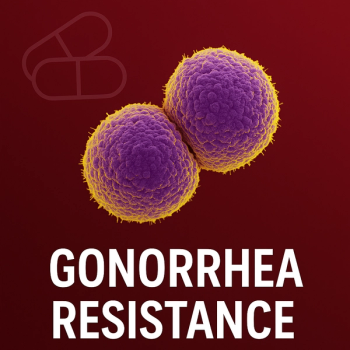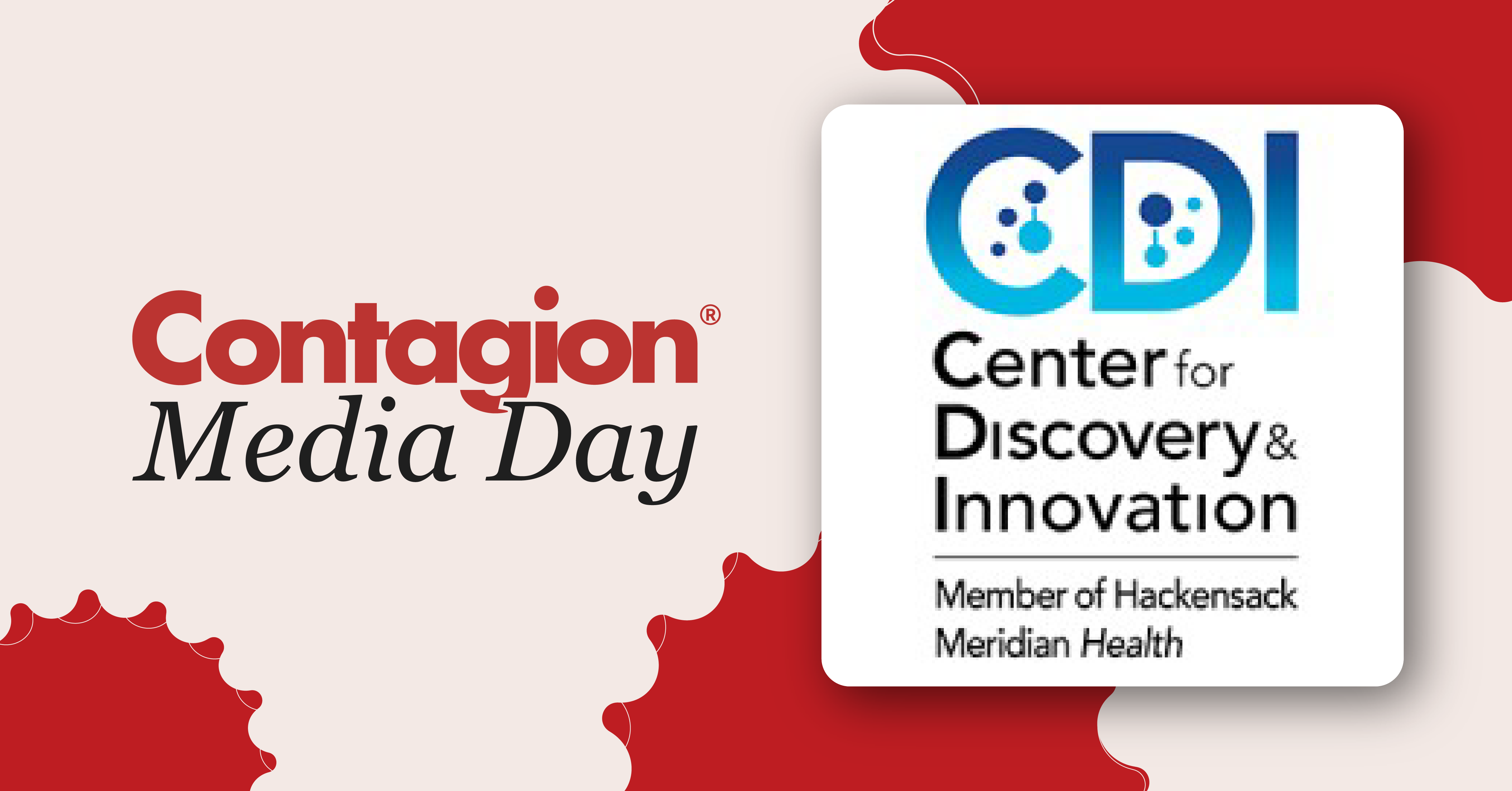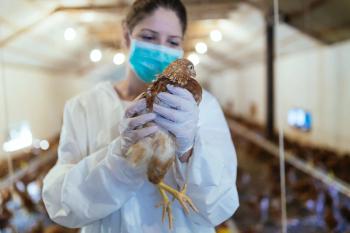
The Center for Discovery and Innovation’s Commitment to Fungal Diagnostics and Treatment

David Perlin, PhD, chief scientific officer and executive vice president, the Center for Discovery and Innovation (CDI), talks about his team’s work around developing a diagnostic for Candida auris, and what they are working on in terms of developing antifungals.
We are continuing our new series, Media Day, where we spotlight individual medical institutions and infectious disease (ID) programs. This episode focuses on the Center for Discovery and Innovation (CDI), which is part of Hackensack Meridian.
Candida auris continues to see an increase in incidence rates, with a 95% increase in cases during 2020-2021. And over the last 5 years, the Centers for Disease Control and Prevention (CDC) has tracked cases using the Premier Healthcare database, which is a comprehensive electronic healthcare data repository, and offers insights on hospitalizations.1
C auris is mostly limited to people who are older, have weakened immune systems, are experiencing multiple medical problems, and are either hospitalized or in long-term care nursing facilities (LTCF) where these infections can colonize easily. Frequent multidrug resistance and higher mortality have both been identified in patients dealing with this fungal infection.
In one study, Lyman et al estimated the crude mortality rate was 34% for Candida auris.2 Higher mortality rates for C auris patients has been established in previous studies.
In our last episode, David Perlin, PhD, chief scientific officer and executive vice president, the Center for Discovery and Innovation (CDI) discussed the challenges of diagnosing fungal infections. Perlin and his group at CDI was among the first to develop a molecular diagnostic for C auris. He said it was challenging for the existing commercial testing systems to distinguish the other species of Candida.
“We wanted to have a molecular rapid point of care diagnostic to be able to help with patient management,” he said. “We developed it for Candida auris, but we've developed molecular diagnostics—some that are FDA approved—for a number of other acute disease agents.”
Additionally, CDI is partnering with industry and academic research institutions such as Cepheid and Johns Hopkins for both fungal diagnostics and treatment. Their projects include a rapid point of care diagnostic and immunotherapies for Candida.
“Collectively, we see trying to create a complete holistic solution for invasive fungal disease, which starts with diagnostics and then layers on next generation antifungals,” Perlin said.
In the next episode, Barry Kreiswirth, PhD, discusses his work around drug-resistant Klebsiella.
References
1.Parkinson J. Tracking Candida Auris. ContagionLive. July 5, 2023. Accessed February 3, 2024. https://www.contagionlive.com/view/tracking-candida-auris
2. Lyman M, Forsberg K, Sexton D, et al. Worsening Spread of Candida auris in the United States, 2019 to 2021 . Ann Intern Med.2023;176:489-495. [Epub 21 March 2023]. doi:10.7326/M22-3469
Newsletter
Stay ahead of emerging infectious disease threats with expert insights and breaking research. Subscribe now to get updates delivered straight to your inbox.



























































































































































































































































































